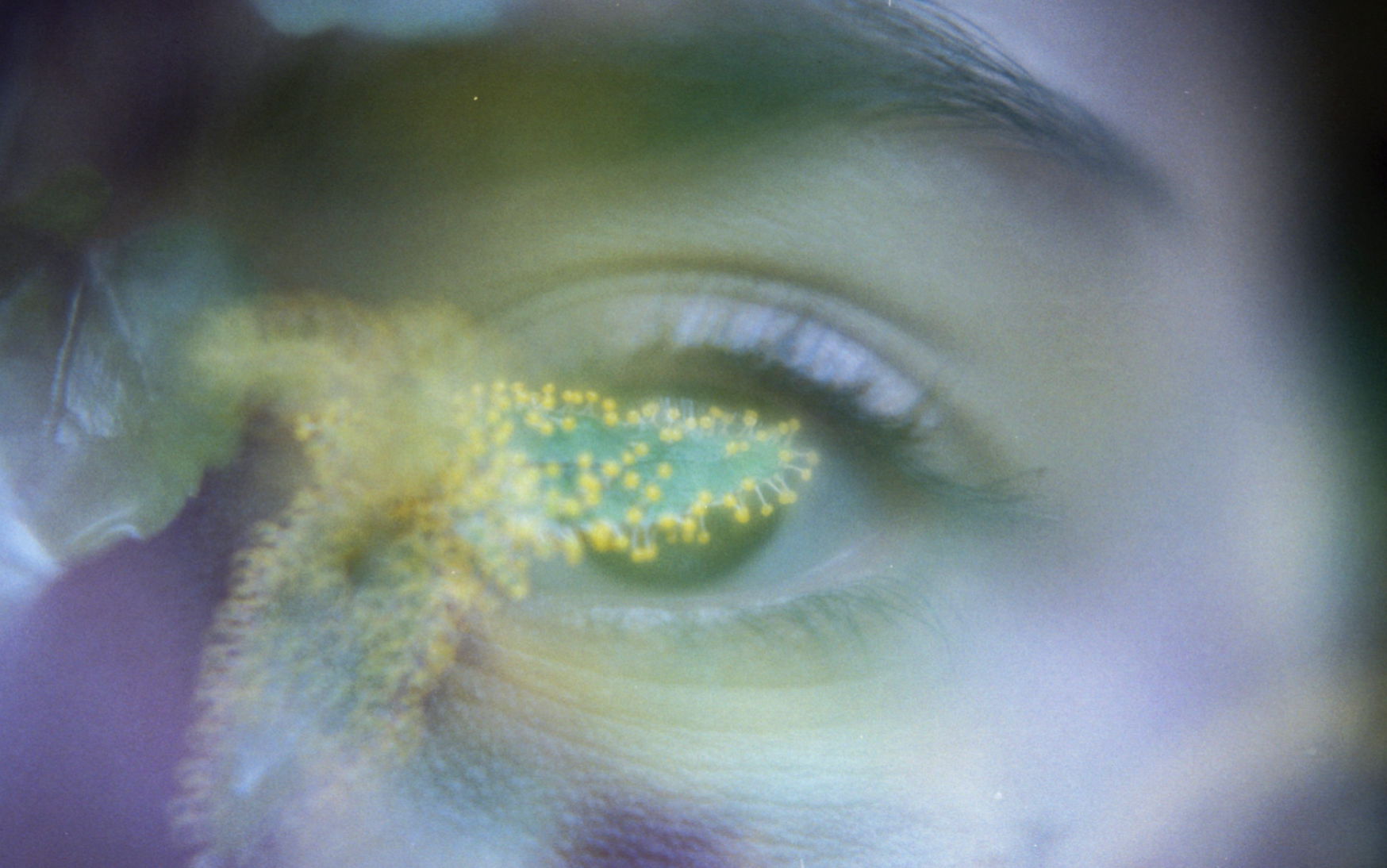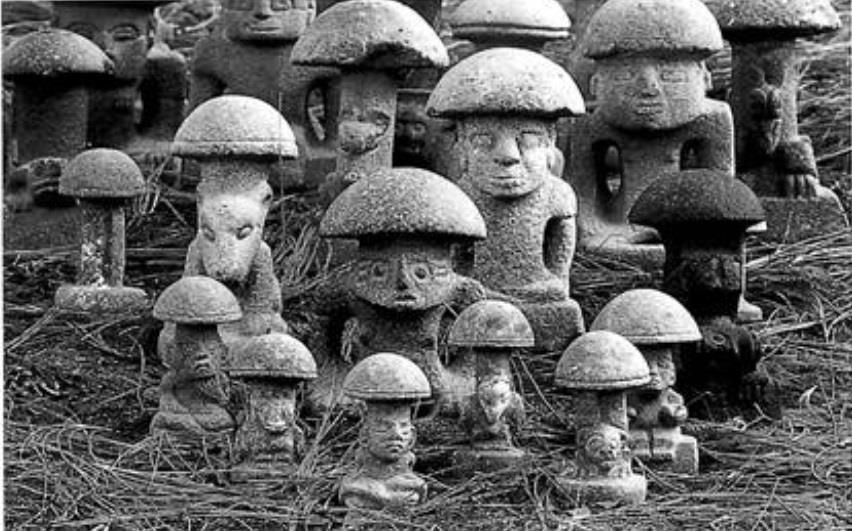By Yogi Prateado
Thankfully, there is a lot of attention these days on the need and importance for psychedelic integration. When psychedelics landed in the west after centuries of witch trials, Puritanism, and other crusades against altered states of consciousness, we just didn’t have any traditions in which to hold their powerful experiences. Unlike going to a gospel church, where if rapture takes you, an entire retinue of churchgoers knows exactly how to hold you, to make sure you don’t fall or hurt yourself, while allowing the process of spirit to move through you. It’s a beautiful thing to witness: an intact community holding space for someone who is allowing themselves to be a channel for a process curated by and helping heal the entire community.
With psychedelics, however, few of us are lucky enough to have the time and the community to properly hold space and be held for the reverberations of the full process. How many of us have the luxury of the necessary rest days after a ceremony to take it easy? Or have a community where you don’t need to pay them exorbitant amounts of money to have them look after you post-ceremony?

Psychedelic integration has quickly in the last decade coalesced around a set of practices in the west involving check-ins post-trip. These range from the perfunctory, to the multi-session follow up. Each carries with it its own theory of change. Are psychedelics potentially traumatic experiences? Then applying the standard western version of talk therapy is the approved way of integrating. Are psychedelics potentially transformative? Then perhaps more time in nature or other ways of nonverbal expression are appropriate. Whatever the cosmology, missing from standard regimes so far is the traditional herbal allies to biochemically supplement the natural integration process.
Indigenous entheogenic experiences do not occur outside the rituals of ramping up and ramping down from the experience. Indeed, the ceremony itself is not seen as a break from the rest of life. It is already an integrated part of it. A traditional Mazatec Mexican mushroom ceremony, for example, already comes with traditional diets, both boosting intake of and abstaining from other substances and foods. The more intact the culture, the more invisible these variations will be to those on the inside, because of course when preparing for a ceremony, or decompressing from one, you have more chances to cathart with your friends, mentors, and village elders; of course, you’re careful about not eating this, and sticking to more of that; of course you’re going to tune your focus on certain higher yearnings, more cosmic thoughts, and sigh into your repressed emotions. These are not things you need to learn, because they have been taught for countless generations. They are in your culture so deeply, that they’re in your blood.

Unless they’re not. And if you come from a culture that has been ransacked time and again for advantage, whether the church, patriarchy, colonialism, or capitalism, chances are your culture long ago washed away the ties to these soft skills so valuable, especially in rites of passage and ritual. So, on the one hand, we have the postmodern everything-goes free-for-all, where everyone gets to give it a go without any of the traditional protectors and guardrails intrinsic to entheogen use historically. While decontextualized psychedelic use may feel like freedom, for a while, it often lands us in a morass when things go pear-shaped. After a bad trip, or the numbing shock of coming back to a default world that doesn’t care or want to know about your visions and inspirations from beyond, it can really feel like hitting a wall. And some people can get stuck post-trip in spirals that are hard to get out of. Believe me, I’ve seen it all.
But that’s where herbal integration comes in. While on the one hand, our stories are of crucial importance to healing – they are not optional aspects that we can bypass – we also more often than we might think, benefit from herbal allies to help calm our nervous system, and hence our psyche. For example, in Mazatec psilocybin ceremonies, they use sage, cacao, and yerba santa for integration, while burning copal to keep one’s atmosphere pleasant and free from disturbance. These are not adornments for the ceremony, but part and parcel of it. These ally plants and medicines are as much ‘the main course’ as the psychoactive substance is.
Allies as a company has designed and formulated herbal supplements to help support the biochemical integration post-trip, to support your body and psyche. Yes, we need the communal support from people to help us traverse the realms we visit. And we also need the herbal allies to aid this and other processes. Helping the various glands and hormonal (endocrine), lymphatic, digestive, nervous and other systems of the body come to a new equilibrium after the medicine invites you past the edges of discomfort and you feel wrung out, is an essential companion of any holistic integration protocol.
As Marc Aixalà, author of Psychedelic Integration: Psychotherapy for Non-Ordinary States of Consciousness describes, there are (at least) seven dimensions to integration, which include the spiritual and biochemical aspects, even if his approach focuses on the psychological dimensions. Intense somatic and physical manifestations are considered essential dimensions of psychedelic experience, which may need tending to post-journey.
Integration is a full-spectrum issue. Traditional intact communities effortlessly integrate their medicine journeys through the continuous flow of their cultural activities bending and warping to anticipate and absorb intense experiences. As we rebuild our own practices, we too gain from attending from the different dimensions of integration. And allying ourselves with the herbal world is a good place to start.





